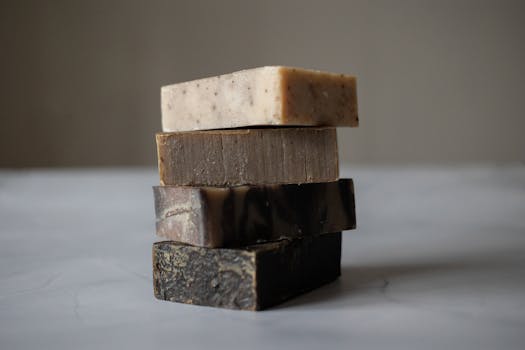“
Mindfulness Practices for Stress Relief
Mindfulness practices, including mindfulness, have been shown to be effective in reducing stress and anxiety. By incorporating mindfulness into your daily life, you can improve your mental health and well-being. In this article, we will explore the different types of mindfulness practices and provide tips on how to incorporate them into your daily routine.
What is Mindfulness?
Mindfulness is the practice of being present and fully engaged in the current moment. It involves paying attention to your thoughts, feelings, and sensations without judgment. Mindfulness can be practiced through various techniques, including meditation, deep breathing, and yoga.
Benefits of Mindfulness
The benefits of mindfulness are numerous. Some of the most significant advantages of mindfulness include:
- Reduced stress and anxiety
- Improved mental health and well-being
- Enhanced focus and concentration
- Improved sleep quality
- Increased self-awareness and self-acceptance
Mindfulness Practices for Stress Relief
There are several mindfulness practices that can help reduce stress and anxiety. Some of the most effective techniques include:
- Meditation: Meditation involves focusing your attention on a specific object, such as your breath or a mantra. Regular meditation practice can help reduce stress and anxiety by teaching you to stay present and focused.
- Deep Breathing: Deep breathing techniques involve taking slow, deep breaths to help calm your mind and body. Deep breathing can help reduce stress and anxiety by slowing down your heart rate and promoting relaxation.
- Yoga: Yoga combines physical movement with deep breathing and meditation techniques. Yoga can help reduce stress and anxiety by promoting relaxation and improving flexibility and balance.
- Body Scan: A body scan involves lying down or sitting comfortably and bringing your attention to different parts of your body. This technique can help reduce stress and anxiety by promoting relaxation and reducing muscle tension.
- Walking Meditation: Walking meditation involves paying attention to your walking, noticing the sensation of your feet touching the ground and the movement of your legs. This technique can help reduce stress and anxiety by promoting mindfulness and relaxation.
Tips for Incorporating Mindfulness into Your Daily Life
Incorporating mindfulness into your daily life can be simple and easy. Here are some tips to get you started:
- Start small: Begin with short mindfulness practices, such as taking a few deep breaths or paying attention to your walking.
- Be consistent: Practice mindfulness regularly, ideally at the same time each day.
- Find a quiet space: Identify a quiet and comfortable space where you can practice mindfulness without distractions.
- Use guided recordings: Listen to guided mindfulness recordings to help you get started and stay focused.
- Make it a habit: Incorporate mindfulness into your daily routine, such as right after waking up or before bed.
Conclusion
In conclusion, mindfulness practices are a powerful tool for reducing stress and anxiety. By incorporating mindfulness into your daily life, you can improve your mental health and well-being. Remember to start small, be consistent, and find a quiet space to practice. With regular practice, you can experience the numerous benefits of mindfulness and live a happier, healthier life. For more insights on well-being, check out our post on Embracing Minimalist Living.
See more:
https://www.mindful.org
https://www.headspace.com
https://www.calm.com


